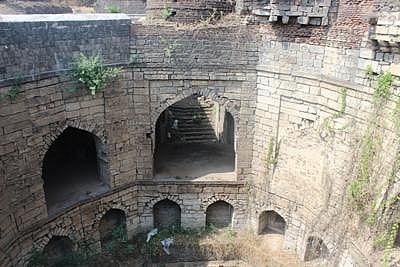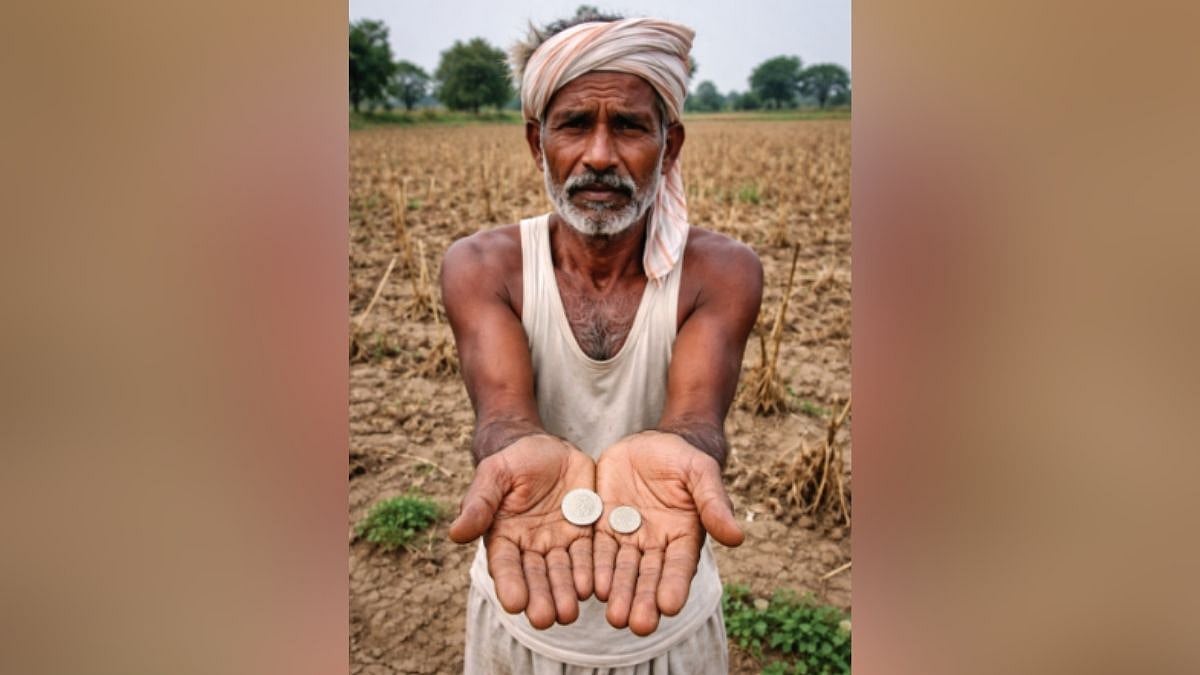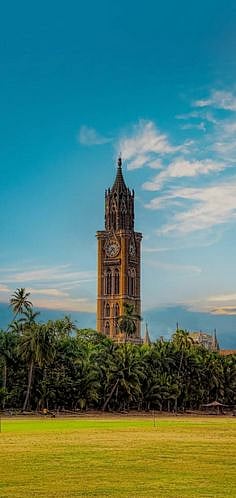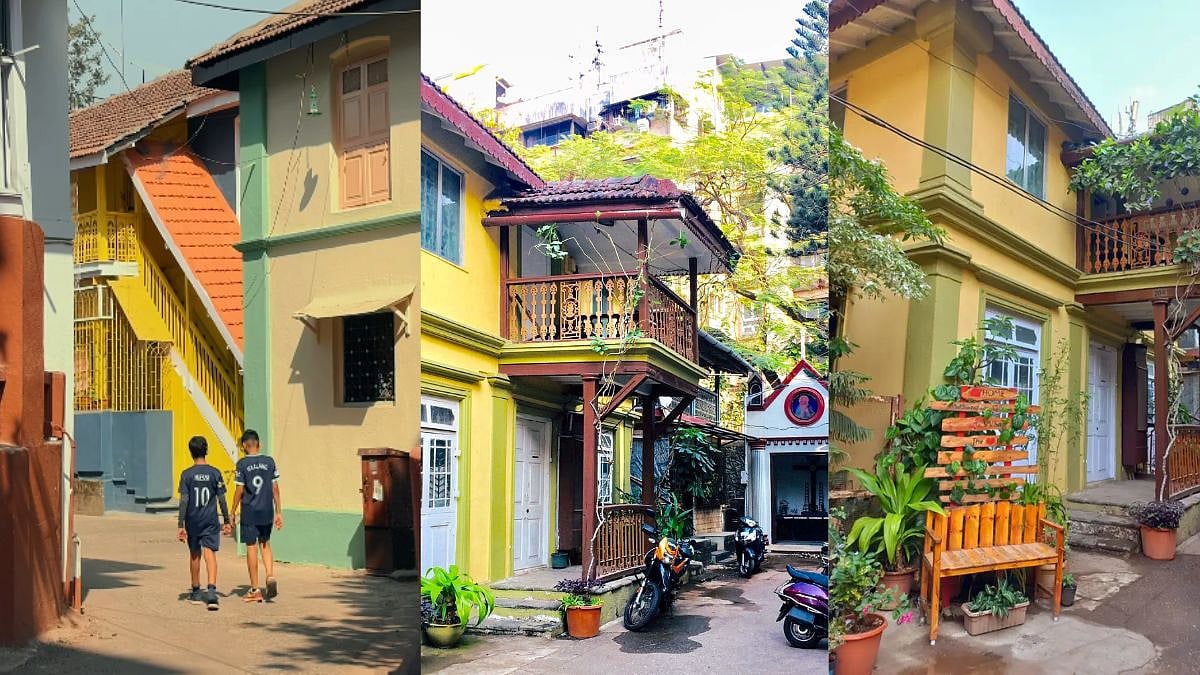Strategically yet exquisitely constructed Paranda Fort is known for its military engineering. Invincible rampart, moat around and a few constructions like Hawa Mahal and mosque offers feast to eyes, writes VARSHA TORGALKAR.
Paranda fort located in Osmanabad district is an architecture marvel with its 26 note worthy bastions and a moat around the rampart always filled with water, built for protection from enemy. Despite being located in neglected draught affected Marathwada region of Maharashtra, the fort manages to attract sizeable number of tourists due its

specimen military construction and exquisite Air Palace known as Hava Mahal for queens.
The majestic entrance towered by a round bastion with canon placed to fire surely is heart throbbing. Before recovering from gigantic view of the fort, one realizes a wooden bridge has to be crossed to enter the fort. Original folding bridge was designed in such a way that it could be pulled inside if suspicious activities are found around the fort giving an impression that there is no entrance to the fort. It is replaced by existing new permanent bridge while its renovation.
Entrance through main gate further stresses how strategically the fort is built with various secret holes all around the walls to place rifles or canons pointing straight outside the fort. A few turns need to be passed to enjoy grandeur of the fort. Such is the engineering that it is impossible to gauge construction inside while passing through these turns.

Well constructed mosque with towers and designs excavated on walls welcomes tourists. Its heritage value is preserved despite renovation. A simple rectangular structure from inside, the mosque has old well that still provides water and nobody knows its source and a courtyard for devotees. The area to offer prayers/namaz is beatified with colouful collage of tiles and pictures of mosques at Holy Makka.
A walk on the rampart offers splendid view of the fort itself, the whole Paranda Tahsil around and more importantly the moat around rampart itself. This ditch is again fortified with one more compound wall. The ditch used to be filled with water sourced from natural streams originated at the same place. This triple fortification had made the fort invincible and it remained with Muslim rulers throughout its history till the Independence. The ditch is now full of unwanted trees and polluted water, though renovation process is on for a few years.
A few of the bastions named Mahakal, Buland, Chanchal, Shah Mathkal are still equipped with those grand old canon in absolutely good state without a single scratch. These canons were crafted by Dutch artistes working at

Bijapur rulers and one of the canons is named with Hussain Arab, an Arab engineer at Bijapur ruler. A few more are said to be shifted to Bijapur Fort.
The fort has Narsimha Temple, spacious bath plrooms for rulers, Janana Khana and Sabhagriha, all that is half dilapidated condition. Sculptures of Hindu gods like Ganesha can be seen though its origin is still unknown. What leave all amused is more than 300 canon balls in perfectly fine condition. Like all forts posses, this fort has also some secrete passages that connect it to the Daulatabad Fort in Aurangabad, according to legends. No excavation is done regarding the same. The dilapidated remains give an impression that at one time there might have been spacious and exquisites constructions.

Beautifully built Hawa Mahal around the octagon shaped huge well that used to be filled with water. Spacious halls/passages all four floors surround this well. Queens used to spend time during summer.
History
Constructed by the Bahamani kings, the fort holds t historical value and finds mention in Honnati inscription of Saka AD 1124 and later in the few Kalyani Chalukyan copper plates. Besides it is named as Paliyanda Pratyandaka according to Yadava epigraphs. Now the fort is state protected monument and is governed by Maharashtra State Archeology Department.
Box:
How To Reach: Paranda is a Tahsil place in the Osmanabad District and is situated about 80 Kms. from the district headquarter. State transport buses are available for every half an hour or a private cab can be hired to Reach

Timings: 9 am to 6 pm every day
When To go: Preferably from October to February as the area falls under semiarid climate
Stay: Osmanabad, district place
Food: Food need to be carried along though Paranda has small restaurants









